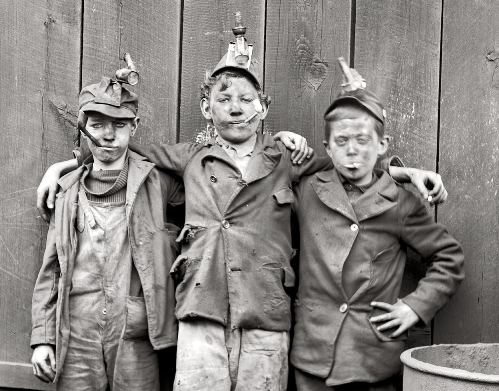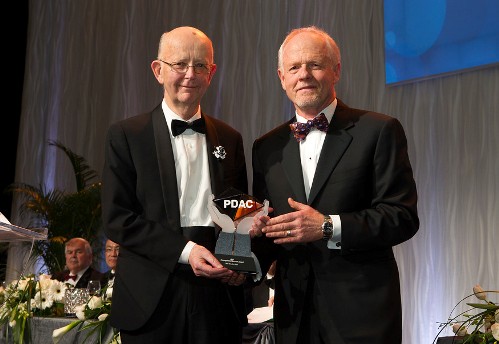[While a bit dated, this article is very informative. Stan Sudol-RepublicOfMining.com]
With a strong financial backer, Calpine was able to carry out a comprehensive
exploration program. They drilled more than 100 holes that were geologically
encouraging, but which would not have attracted the attention of most investors.
It was hole number 109 that convinced investors of the significance of the Eskay
Creek discovery. That hole, one of the most impressive drill holes of all time,
encountered an extraordinary 208 meters that assayed 27 grams per tonne gold
and 30 g/t silver.
A corner of Canada’s western-most province hosts one of the richest mineral belts in the world. Few investors yet appreciate the enormous value of that region.
British Columbia, long recognized for its exceptional mineral wealth, is regaining prominence among mining investors. Canada in general is looking increasingly attractive as the mining industry faces mounting challenges in many jurisdictions around the globe.


























